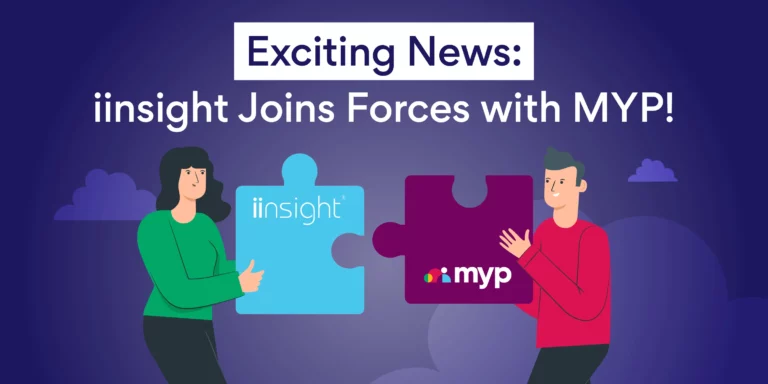Clinics and healthcare professionals prefer cloud medical practice software as they tend to be more affordable and easier to use than its counterpart. Accessibility is also its big benefit, making it possible for professionals, like those in the allied health, to provide patient care and work on administrative tasks while on the go.
While all cloud medical practice software solutions promise the same benefits, they are not all the same. Just as their functions and features vary, so does the level of convenience they offer. As a healthcare professional, you surely want to get the most suitable and cost-effective cloud medical practice software. Here are some of the tips to help you do so:
Choose a platform with customisable features
The best software isn’t always the one with bells and whistles. Most of the time, it is the one that offers customised solutions that meet exactly what your practice needs. Do not choose a solution that offers way too many features you won’t ever use, so that you don’t end up paying more than what you should. To make the most of your investment, find a cloud medical practice software that is scalable, and can be tailored to your unique organization’s requirements.
Opt for software that streamlines medical billing
Sending payment requests to insurance companies should not take much time and effort. Search for a system that integrates medical billing, making it easy to create invoice, check insurance eligibility, and receive payments from insurance schemes such as Medicare, NDIS, and Workcover SA/QLD.
Find a provider with an excellent support system
Introducing a new technology to your business is not as simple as you think it is. Even if the platform is user-friendly, you and your staff will still need training to get use to the changes in the workflow and processes. That’s why you need to find a provider that makes customer service a priority. The right one will provide training and help you with software integration, and data migration, so can be up and running in no time. They will also keep their technical support lines open for further assistance.












